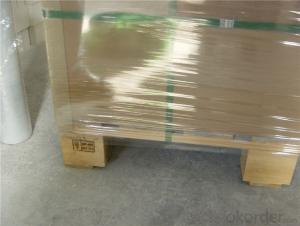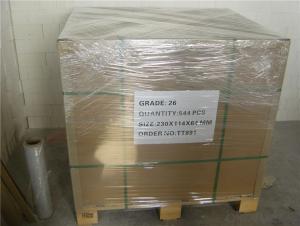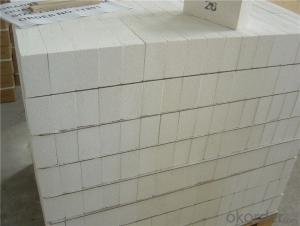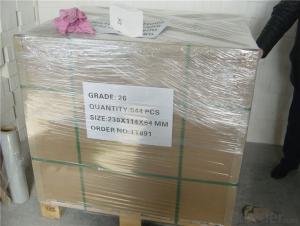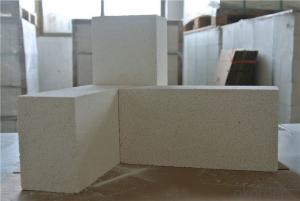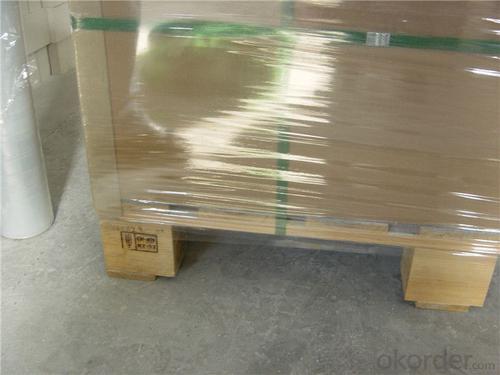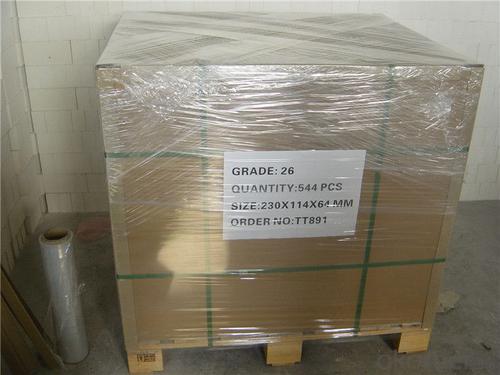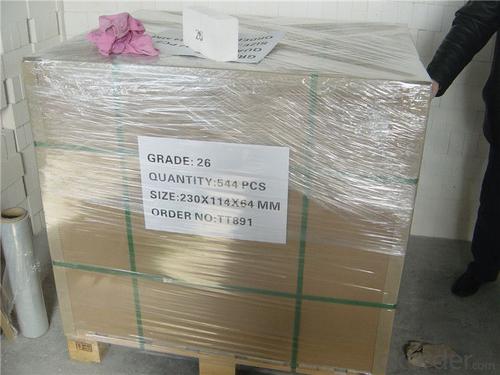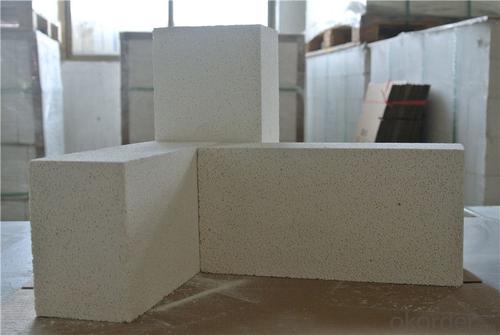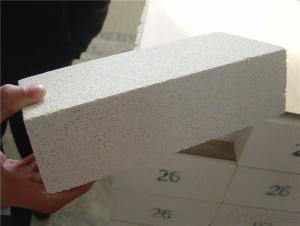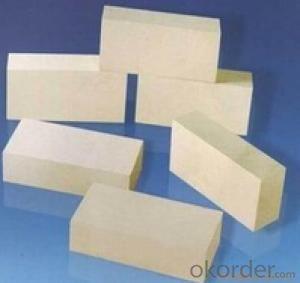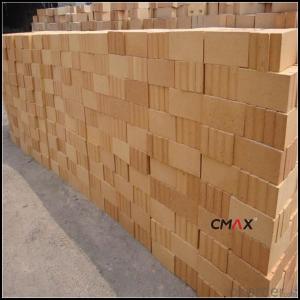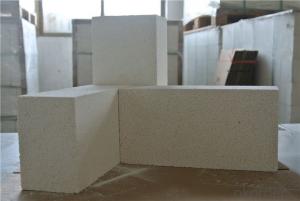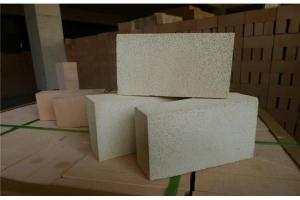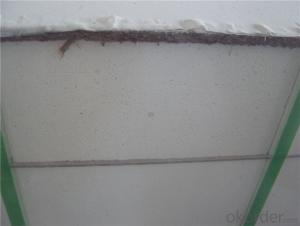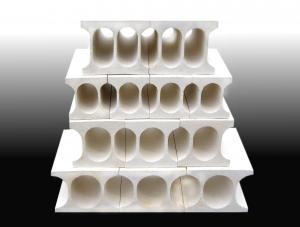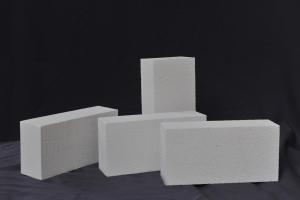Insulating Fire Brick - Lightweight Fire Brick Clay Brick Insulation Brick
- Loading Port:
- Shanghai
- Payment Terms:
- TT OR LC
- Min Order Qty:
- 1 m.t.
- Supply Capability:
- 1000 m.t./month
OKorder Service Pledge
OKorder Financial Service
You Might Also Like
Thermal Insulation Fire Clay Brick
Refractory brick is a block of refractory ceramic material used in lining furnaces, kilns, fireboxes, and fireplaces.
We provide high quality Refractory Fire Bricks that are used on wide range in the various industries like Cement, Glass and Steel. Refractory Fire Bricks are provided as per the quantity and specifications required by the customers. We provide an extensive range of Refractory Fire Bricks at reasonable prices that depend upon the quantity ordered.
Application
Insulating Fire Brick are used for the lining of converter, alternating current arc furnace, direct Current arc furnace and the ladle slag line, etc.
Company Advantage
(1)Long Insulating Fire Brick manufacture history: 25 years manufacturer
(2)Advanced equipment
(3)Diversification of production standards: ISO ANSI FEPA JIS ASTM
(4)Flexible payment: T/T L/C D/P D/A
(5)Professional marketing team and after-sale service
Insulating Fire Brick main feature:
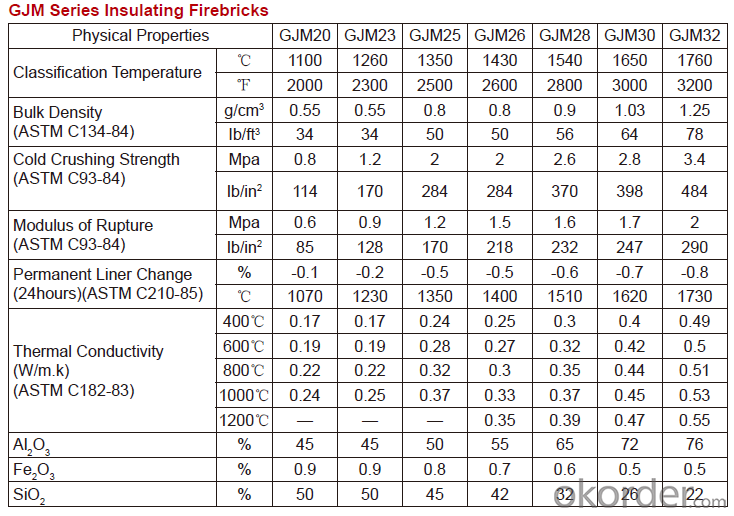

Equipment
1 unit of Ceramic Abrasive (SG Abrasive) pilot production line
2 units of Compact grain Abrasive pilot production lines
1 unit of high-end coated abrasives (abrasive cloth) production line
2 units of Boron Carbide production lines
3 large flexible crushing and sieving lines for grit production lines
6 units of 5000KVA-10000KVA dumping type electric arc furnaces for Brown Fused Alumina fusion
Q1 What’s the transport method?
A1 FCL delivery goods with wooden pallet or wooden case by sea; If LCL delivery, must with wooden case; Sometimes need open top, flat rack or bulk cargo.
Q2 What’s the required payment term?
A2 Generally 30% TT as the prepayment, 70% TT before delivery. If need, 100% Irrevocable Letter of Credit or negotiation.
Q3 Which country are our products exported to?
A3 Apart from entire Chinese market, the US, Russia, Japan, Korea, Australia and some Southeast Asian Nations.
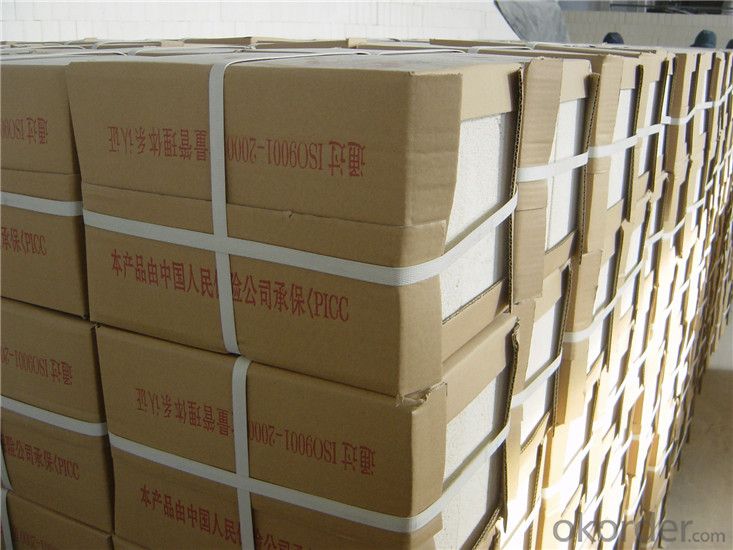
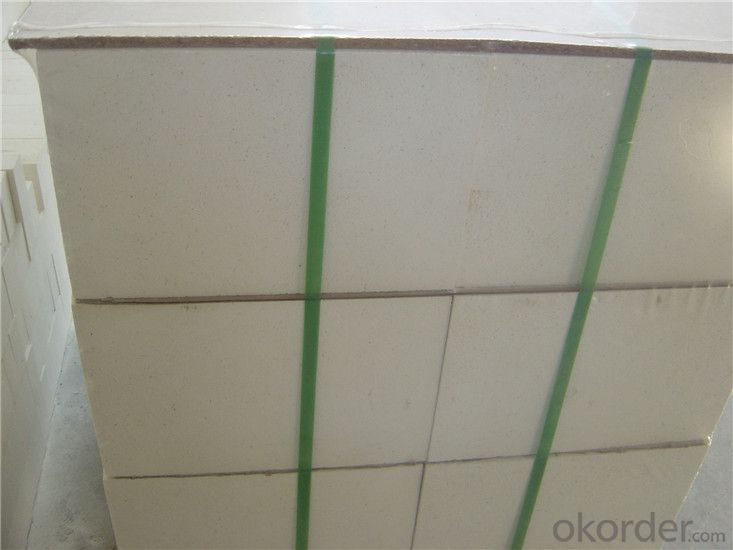
- Q: Refractory bricks, burner bricks, insulation bricks? Is it a kind of thing?
- The burner brick is heavy brick, the use temperature is higher, the insulating brick is light brick, the use temperature is lower than the heavy brick.
- Q: Are insulating fire bricks resistant to nitric acid?
- Insulating fire bricks are not typically resistant to nitric acid. Nitric acid is a highly corrosive substance that can react with and dissolve many materials, including certain types of fire bricks. While insulating fire bricks are designed to withstand high temperatures and provide thermal insulation, they may not possess the necessary chemical resistance to withstand the corrosive effects of nitric acid. If nitric acid exposure is expected, it is advisable to use acid-resistant materials specifically designed for such applications.
- Q: Can insulating fire bricks be used in incinerators?
- Yes, insulating fire bricks can be used in incinerators. Insulating fire bricks are specially designed to provide excellent thermal insulation, making them ideal for applications where high temperatures need to be maintained. In incinerators, which operate at extremely high temperatures, insulating fire bricks can help to reduce heat loss and improve the overall energy efficiency of the system. Additionally, these bricks have good resistance to thermal shock, which is crucial in incinerators where rapid temperature changes occur. Therefore, using insulating fire bricks in incinerators can help to enhance their performance and longevity.
- Q: Are insulating fire bricks suitable for use in coke ovens?
- Coke ovens demand bricks capable of enduring exceedingly high temperatures and harsh chemical surroundings, rendering insulating fire bricks unsuitable for such purposes. Insulating fire bricks are primarily engineered to offer thermal insulation and lack the capability to withstand the heat and chemical exposure inherent in coke ovens. Consequently, it becomes imperative to employ refractory bricks custom-built for coke ovens, boasting exceptional resistance to temperature, chemical assaults, and thermal shock. Typically composed of robust materials like silica, alumina, and carbon, these refractory bricks exhibit remarkable resilience within the formidable conditions prevalent in coke ovens.
- Q: Are insulating fire bricks lightweight or heavy?
- Insulating fire bricks possess a lightweight quality, a result of their deliberate design to exhibit high insulation and low density. Their composition primarily consists of lightweight materials like expanded clay, perlite, and vermiculite, which further enhance their weightlessness. Consequently, these bricks prove to be more manageable and easier to install when compared to conventional heavy fire bricks. Nonetheless, insulating fire bricks manage to maintain exceptional thermal insulation capabilities, rendering them well-suited for a range of applications, such as kilns, furnaces, and fireplaces.
- Q: Can insulating fire bricks be used in fireplace construction?
- Yes, insulating fire bricks can be used in fireplace construction. They are designed to withstand high temperatures and provide excellent insulation, making them a suitable choice for building fireplaces.
- Q: Are insulating fire bricks resistant to warping?
- Yes, insulating fire bricks are resistant to warping. They are specifically designed to have high thermal stability and low thermal conductivity, which helps to prevent warping even under high temperatures.
- Q: Can insulating fire bricks be used in the construction of hearths?
- Yes, insulating fire bricks can be used in the construction of hearths. These bricks are designed to withstand high temperatures and provide excellent insulation, making them ideal for use in hearth construction. They help to retain heat and prevent the loss of energy, ensuring efficient and effective heating.
- Q: How do insulating fire bricks help reduce heat loss through convection?
- Insulating fire bricks have been specifically designed to minimize heat loss through convection, achieving this by establishing a barrier that obstructs the movement of air and heat transfer. Made from lightweight refractory materials with low thermal conductivity, these bricks are inadequate conductors of heat and do not easily permit heat to pass through them. Upon implementation in construction projects, these bricks establish an insulating layer that effectively diminishes heat transfer by convection. Convection, characterized as the process of heat transfer through the motion of air or fluid particles, is interrupted by the insulating fire bricks which function as a barrier, hindering the unrestricted flow of air and impeding convective currents. The bricks are engineered with small interconnected air pockets or pores that capture and trap air within them. These air pockets act as insulators, curtailing the convection-driven heat transfer. The trapped air forms a stagnant layer, restricting air movement and preventing heat from escaping or infiltrating the area. By reducing heat loss through convection, insulating fire bricks facilitate the maintenance of a stable and comfortable temperature within a structure. They are commonly employed in scenarios where heat insulation is imperative, such as industrial furnaces, kilns, and fireplaces. These bricks not only enhance energy efficiency by diminishing heat loss, but also contribute to fire safety by impeding the propagation of heat to adjacent areas.
- Q: Are insulating fire bricks resistant to insects and rodents?
- Yes, insulating fire bricks are generally resistant to insects and rodents due to their dense and solid construction, which makes it difficult for pests to penetrate or damage them.
Send your message to us
Insulating Fire Brick - Lightweight Fire Brick Clay Brick Insulation Brick
- Loading Port:
- Shanghai
- Payment Terms:
- TT OR LC
- Min Order Qty:
- 1 m.t.
- Supply Capability:
- 1000 m.t./month
OKorder Service Pledge
OKorder Financial Service
Similar products
Hot products
Hot Searches
Related keywords
